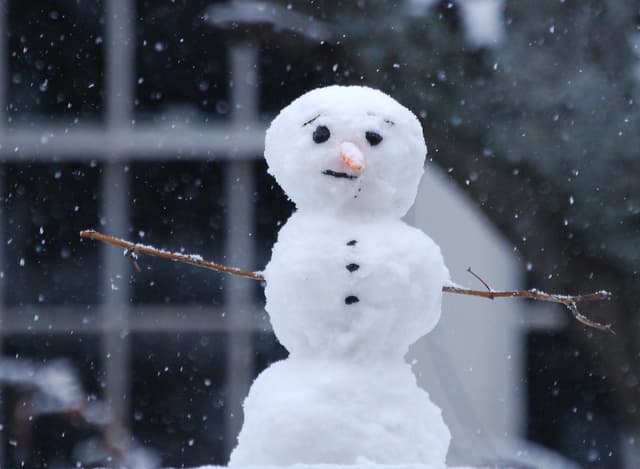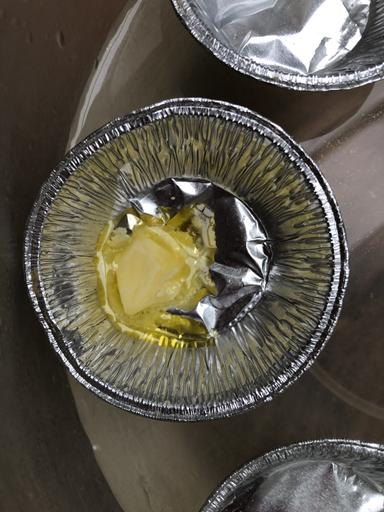Melting temperatures: do and review
I can investigate the melting temperatures of common materials and evaluate my investigation.
Melting temperatures: do and review
I can investigate the melting temperatures of common materials and evaluate my investigation.
These resources will be removed by end of Summer Term 2025.
Lesson details
Key learning points
- The melting temperature is the temperature at which a material in its solid state changes to its liquid state.
- Thermometers can be used to measure temperature.
- Scientists take accurate measurements of temperature in units of degrees Celsius.
- The results of an investigation can often be recorded in a table, chart or graph.
- Results can be used to draw simple conclusions and suggest improvements.
Keywords
Melting temperature - The melting temperature of a material is the temperature at which it changes from solid state to liquid state.
Solid - A solid has a fixed shape and volume but some solids can change shape when a force is applied.
Liquid - A liquid can flow, has a fixed volume and takes the shape of the bottom of its container.
Degrees Celsius - Temperature is measured in degrees Celsius (°C).
Conclusion - In a conclusion, scientists explain what the results show or mean.
Common misconception
Children may think that only common materials such as ice melt at room temperature or that when something melts, the liquid is a different substance to the original solid.
Children are shown a range of materials with different melting temperatures which range from below to above room temperature. They are taught to refer to materials in a way that highlights the fact that the material is still the same substance.
To help you plan your year 4 science lesson on: Melting temperatures: do and review, download all teaching resources for free and adapt to suit your pupils' needs...
To help you plan your year 4 science lesson on: Melting temperatures: do and review, download all teaching resources for free and adapt to suit your pupils' needs.
The starter quiz will activate and check your pupils' prior knowledge, with versions available both with and without answers in PDF format.
We use learning cycles to break down learning into key concepts or ideas linked to the learning outcome. Each learning cycle features explanations with checks for understanding and practice tasks with feedback. All of this is found in our slide decks, ready for you to download and edit. The practice tasks are also available as printable worksheets and some lessons have additional materials with extra material you might need for teaching the lesson.
The assessment exit quiz will test your pupils' understanding of the key learning points.
Our video is a tool for planning, showing how other teachers might teach the lesson, offering helpful tips, modelled explanations and inspiration for your own delivery in the classroom. Plus, you can set it as homework or revision for pupils and keep their learning on track by sharing an online pupil version of this lesson.
Explore more key stage 2 science lessons from the Introduction to states of matter and changing states unit, dive into the full secondary science curriculum, or learn more about lesson planning.

Equipment
Water baths (cold, warm and hot), thermometers, foil or foil cases, a range of materials to test.
Content guidance
- Risk assessment required - equipment
Supervision
Adult supervision required
Licence
Starter quiz
6 Questions



Exit quiz
6 Questions

measure temperature
records temperature values



